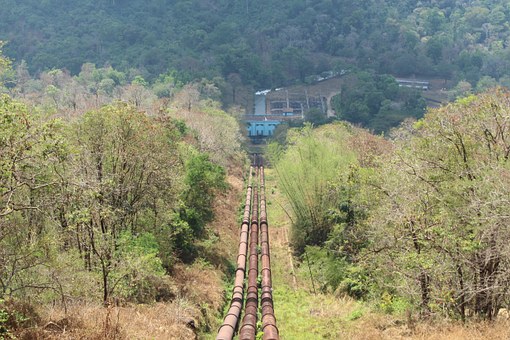Natural Gas Supply Constraints Could Hinder Winter Readiness During Extreme Weather: NERC

The North American Reliability Corporation’s (NERC) 2024-2025 Winter Reliability Assessment highlighted potential concerns over natural gas supplies that could impact winter readiness of some transmission regions across the U.S. The assessment evaluates the power generation and system transmission adequacy required to satisfy projected peak winter energy demands from December to February.
While all assessed transmission regions have sufficient resources for normal winter peak loads, more extreme winter weather coupled with potential shortfalls in natural gas supplies in some regions could cause challenges, according to the report. Despite improvements in winter readiness through regulatory and industry initiatives, many regions of North America face a heightened risk of energy shortages during extreme conditions. This is primarily due to challenges in natural gas production and delivery, limited regional pipeline capacity, particularly in the U.S. Mid-Atlantic and Northeast, as well as strong load growth outpacing the expansion of dispatchable resources and retirements of thermal generation units.
The assessment finds that factors such as transportation and heating electrification, as well as data centers, have contributed to high load growth compared to past years. Multiple regions have also retired coal-fired and aging gas-fired generators. The report finds that over 4.5 gigawatts (GW) of generation has been retired despite the increase in load, which poses a reliability risk. NERC also identified that the slow recovery phase from Hurricanes Helene and Milton in southeastern states could contribute to lower grid resilience in the face of extreme winter weather.
The U.S. Energy Information Administration expects winter temperatures this year to be lower than last year, which could increase household natural gas expenditures by 7 percent in extreme cold conditions. Natural gas fuel supply to generators this winter is particularly vulnerable due to potential legal challenges faced by operators in the mid-Atlantic and Northeast in a gas pipeline expansion project. PJM estimates that the pipeline affects as much as 20 GW of power generation capacity in the region.
The report identifies the Midcontinent Independent System Operator (MISO) region to be at high risk of an electricity supply shortfall during harsh winter weather. Since last winter, the region has reduced over 5 GW of coal and natural gas-fired generation. However, an electricity supply shortfall may be buffered by a decrease in forecasted peak demand of around 4 GW compared to last winter. In NERC’s Interregional Transfer Capability Study, released on Nov. 4, the MISO region displayed an energy resource deficiency of almost 6GW under extreme weather conditions.
In New England, dispatchable thermal generation capacity has decreased by 2.6 GW, while forecasted peak demand has increased by 0.6 GW (+3%). Wind and solar resources have seen the largest capacity increases, adding 550 MW; however, these resources have limited production during winter months. The risk of generation shortfalls during peak demand is compounded by potential natural gas transportation constraints.
EnerKnol Pulses like this one are powered by the EnerKnol Platform—the first comprehensive database for real-time energy policy tracking. Sign up for a free trial below for access to key regulatory data and deep industry insights across the energy spectrum.
ACCESS FREE TRIAL